Building the Dream
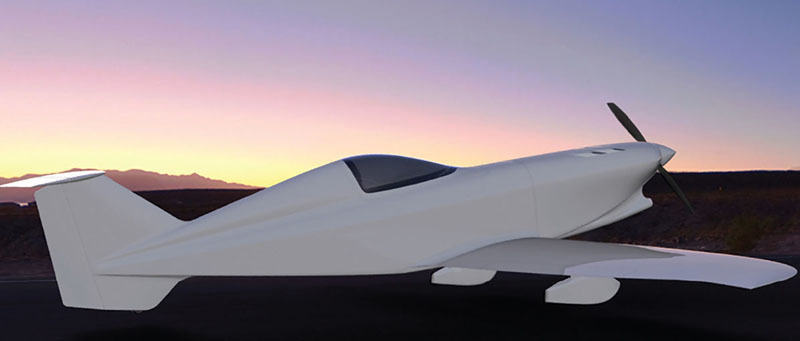
Written by Rachelle Haughn Modeler hopes to build his first full-scale pylon racer Column As seen in the June 2017 issue of Model Aviation.
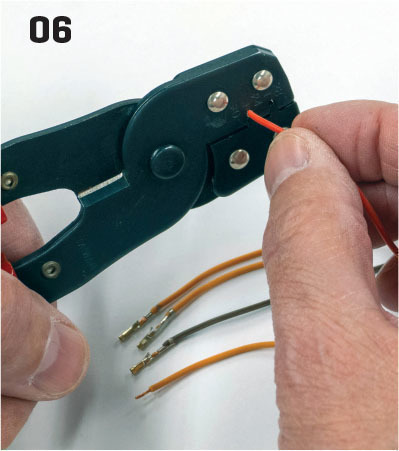
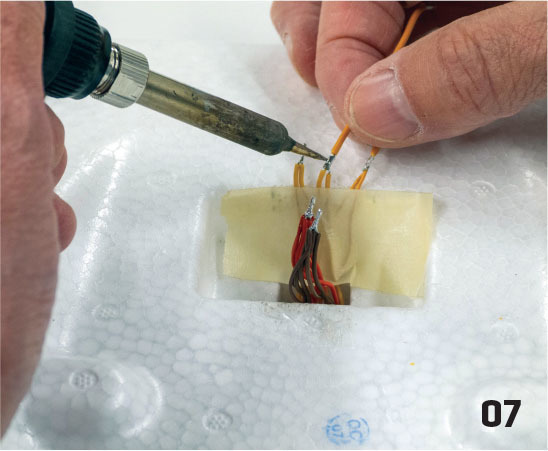
As a child, Dave Triano grew up dreaming of flight and watching US astronauts land on the moon. While seeing spaceships rocket toward the great unknown on television, he likely had no idea where his dreams would one day take him.
At first, these dreams led to building and flying model rockets and airplanes. When a model rocket Centuri Screaming Eagle starter set caught his eye, he quickly learned a hard life lesson—one that we all sometimes struggle with: If he wanted something in life, he would have to work hard for it. He learned that important lesson at the age of 7.
To afford the rocket kit, young Dave had to sell 40 personalized greeting card packages through the Olympic Sales Club. It took him approximately a month to sell enough to purchase the starter set.
Throughout his life, Dave’s passion for rockets and flight grew and he remembered the lesson he learned as a child. That lesson came into play many times, and Dave continued to work hard to make his dreams a reality.
Today, Dave has a new dream. It is one that some might call impossible, but a thorough review of his track record indicates that the odds are stacked in his favor whenever he sets his mind to something. What is that dream? It is building his first full-scale pylon racer from scratch, and having it ready to compete at the 2018 Reno National Championship Air Races in Nevada.
The cost to build this aircraft—and a spare one—to race in the World Cup is $150,000. At the time of this writing, Dave had raised approximately $2,800 for the project through an Indiegogo online crowd-funding campaign. "Having two will enable one of the aircraft to be in a shipping container on the way to a race [overseas]. It takes six to eight weeks to get to its destination," Dave explained.

Dave, an AMA member, builds and designs model aircraft and rockets, but he has also built and designed full-scale and model boats, and cars for Toyota. He has completed beautiful restorations of some full-scale vintage boats. What’s missing from this list? Full-scale airplanes.
His experience with building and designing model airplanes and rockets helped him design his yet-to-be-built full-scale racer, which he has named DT6 (Dave Triano, version 6). "All of the experience I had building models as a youth truly stimulated the portion of my brain that thought in three dimensions, the portion responsible for spatial reasoning.
"People’s talents lie in many areas. Mine seemed to be that I have an innate sense of form—I think in three dimensions with great ease. In a sense, I am my own preliminary CFD [computational fluid dynamics] system; I can visualize fluid flow around an object with great insight. Building models as a child jump-started this process [and] nurtured it.
"I was fascinated as a kid with the physics of flight and that fascination … stuck with me," Dave explained. "It’s been a lifetime love for flight. I gained different knowledge from different [building projects]."
Dave said that when he started telling people about his project idea, they reacted "with a lot of excitement. The Formula 1 community just wants to see it built." Dave added that his wife is also a fan of the project. "She just wants me to pursue exactly where my passion lies."
Josh Phillipson, who built the winning No Strings Attached International Formula 1 racer with his brother, Justin, plans to help Dave build the DT6. Justin will be the aircraft’s pilot when it’s completed. "Dave brings a high level of professionalism to the table in everything that he does. To be associated with such professionalism is [an] honor for me. I’m very excited for the upcoming future development of his aircraft and where it can take me and my abilities," Josh said.
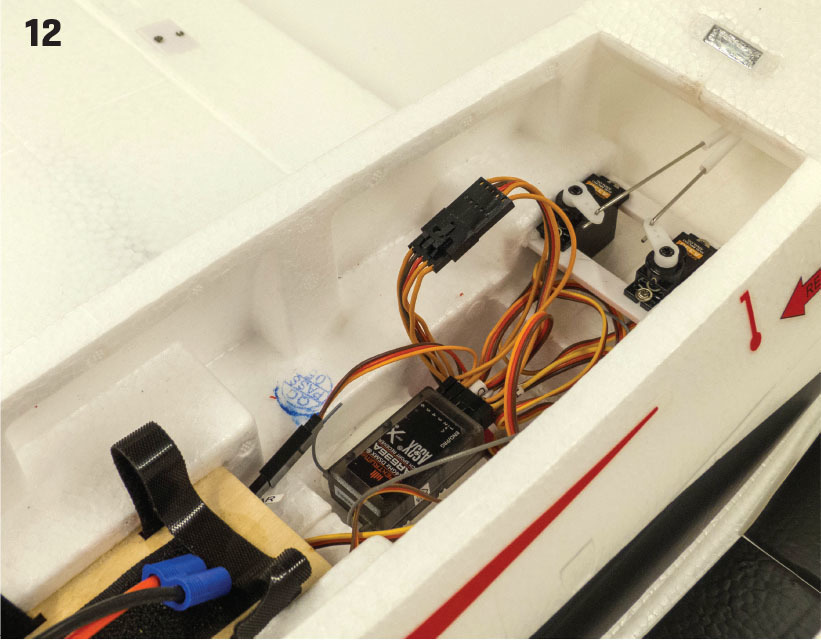
When Dave began learning how to fly Free Flight rubber-powered model aircraft as a child, such as those built by Jetex, he likely never expected to one day build a full-scale airplane. As a boy, he also flew Control Line Aerobatics aircraft. "Anything that could be built by a kid and flown, I did it," he wrote in an email. "I especially loved building, and the smell of Ambroid was etched into my memory!"
When he was a teenager in the 1970s, Dave began flying RC aircraft with his father, who served in the U.S. Air Force, and as he became more comfortable, he flew larger model airplanes. He still owns a 12-foot Astro Flight ASW-17 sailplane that he built, and he remembers flying RC Soaring with aircraft such as a Gentle Lady and a Bird of Time, and high-performance gliders including a Dodgson Designs Camano.
While attending the ArtCenter College of Design in Pasadena, California, one of the top schools for automotive careers, Dave’s attention moved to indoor aircraft such as F1D models, Pennyplanes, and ornithopters.
Shortly after graduation, Dave got married and decided to start his own model rocket company called Shadow Composites. In 1996, his company produced the first all-carbon-fiber high-powered rockets for the hobby industry. "This led to some absolutely amazing achievements over the years in advanced amateur rocketry, and I continue to build the occasional high-power rocket airframe for select clients [today]," he stated.


Dave later took a job as the advanced concept designer for Toyota in Newport Beach, California. His designs included the 1998 Toyota Corolla, 1998 Lexus RX 300, Toyota Camry Solara, and initial design work on the first Toyota Scions. He eventually felt compelled to try something new. "I got tired of designing 14-foot rectangles. I wanted to design bigger things," Dave explained.
After leaving Toyota, he began doing freelance design work for the Cobalt Boats company. Today, Dave has his own boat design and restoration company called Triano Marine.
Although he didn’t have a job in the aerospace field, his passion for aircraft never waned. "My father took me to Reno [National Championship Air Races] as a little kid. It’s been something that’s always stuck in my head."
He began "sketching side profiles of airplanes. My dad flew full-scale. He was an outstanding pilot." Dave’s father started teaching him how to fly full-scale airplanes at the age of 10. Although he’s excited about building the full-scale DT6, Dave says he’ll stick to flying model Pylon racers. "I’m a great builder and a good pilot, but it takes a little more to be a competitive pilot." Dave added that the dangers of full-scale Formula 1 racing make it a better sport for single men, not those who are married with two teenaged sons, such as he.
Flying and building model Pylon Racing aircraft is something that Dave currently enjoys in his free time. In fact, with the help of a well-known model Pylon racer, Dan Kane, Dave has designed a short-kit version of the DT6. The 52-inch aircraft weighs 3½ pounds and can be purchased through the Triano Racing website as part of the fundraiser. Jerry Small is creating the vacuum-formed parts for the Pylon racer kit.

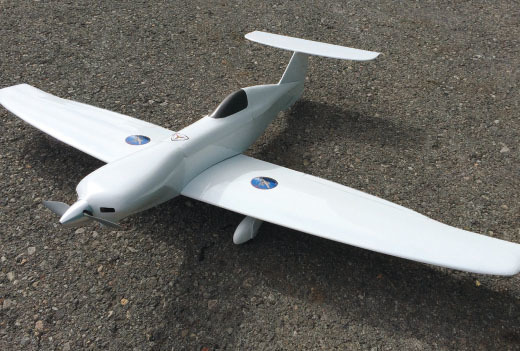
Designing the full-scale DT6 required more design work than its model counterpart. "I’ve been working on it for five years," Dave stated about the larger racer. "It’s about a one-year building project."
Dave works full time designing boats for clients and designing airplane parts such as lightweight vertical stabilizers for full-scale racing aircraft, so he could not spend several hours at a time designing the aircraft. He’s also a member of the International Formula 1 Technical Inspection Team and serves as a weight and balance specialist.
To model aircraft designers, five years might sound like a long time to design something. "I think people need to understand as a modeler [that] the translation from concept to reality is not real." Dave explained that he has used CAD and high-end automotive design software to create the DT6’s design. "I’ve done this with cars and boats. This is how it’s done now."
In addition to deciding how he wanted the aircraft to look, Dave had to come up with a list of materials and how to use them to make the lightest, fastest, yet strongest, aircraft.
He chose carbon monocoque (a high-modulus carbon-fiber material commonly used for bicycle frames) for all of the aircraft’s components, including the wing, fuselage, and tail. All of the control surfaces will be hollow. "The biggest advantage is weight savings. It’s so much stronger, and uses less [material]. I can make a stronger airplane for 500 pounds. It will allow me to really fine-tune the CG [center of gravity] and allow me to do a T-tail."
The T-tail design is expected to cut the interference drag in half and increase the rudder’s effectiveness. The high-aspect-ratio wing design has an updraft system for engine cooling.
"I think this aircraft brings to the table many unique features that will definitely give it a competitive edge over the rest of the competition," Josh said.
"It should exceed 300 mph [in the straightaways]," Dave commented. He hopes that the aircraft’s lap speeds will be 260 to 265 mph. The material for the two airframes is estimated to cost $37,000.
Josh agreed that the aircraft should be fast. "This is Dave’s design and I think he knows best the capability of the aircraft. As for the speed, there are many different aspects that come into play," Josh commented. "If we can sort everything out the way Dave wants to see it, I feel the speed of the DT6 will most definitely be in excess of 250 to 280 mph on the course."
To compete in the Formula 1 Class, aircraft must have a minimum dry, empty weight of 500 pounds, nonretractable landing gear, a minimum wing area of 66 square feet, a fixed-pitch propeller, and a 100 hp, 200-cubic-inch Continental engine.
Before he can start building the DT6, Dave must mill 24 tools needed to build it. These are expected to cost $33,000, but can be used several times. He hopes to build the two airframes within three months of each other.
Josh explained his role in the building process. "My facilities will be used to create most of the hard tooling molds for creating the aircraft structures. I will also assist in the build process."
For now, the build is on hold until funding rolls in. Although he would like to have it ready to race at the National Championship Air Races in Reno in September 2018, Dave is patiently waiting. He plans to keep setting up crowdfunding campaigns, seeking corporate sponsorships, and requesting material donations until he has enough for the project.
Josh is also waiting. "I have many other projects currently, so the lack of funding, for me, is helpful. Ha ha! It’s allowing me to get caught up so I can focus on Dave’s project with him when it’s time to start it."
—Rachelle Haughn [email protected]
Sources:
Triano Racing
Reno National Championship Air Races
(775) 972-6663
Triano Marine










3 comments
Kudos to the subject and the
Dave Triano article on his aviation history and the DT6
High Speed Racing to Indoor Free Flight Modeling!
Add new comment